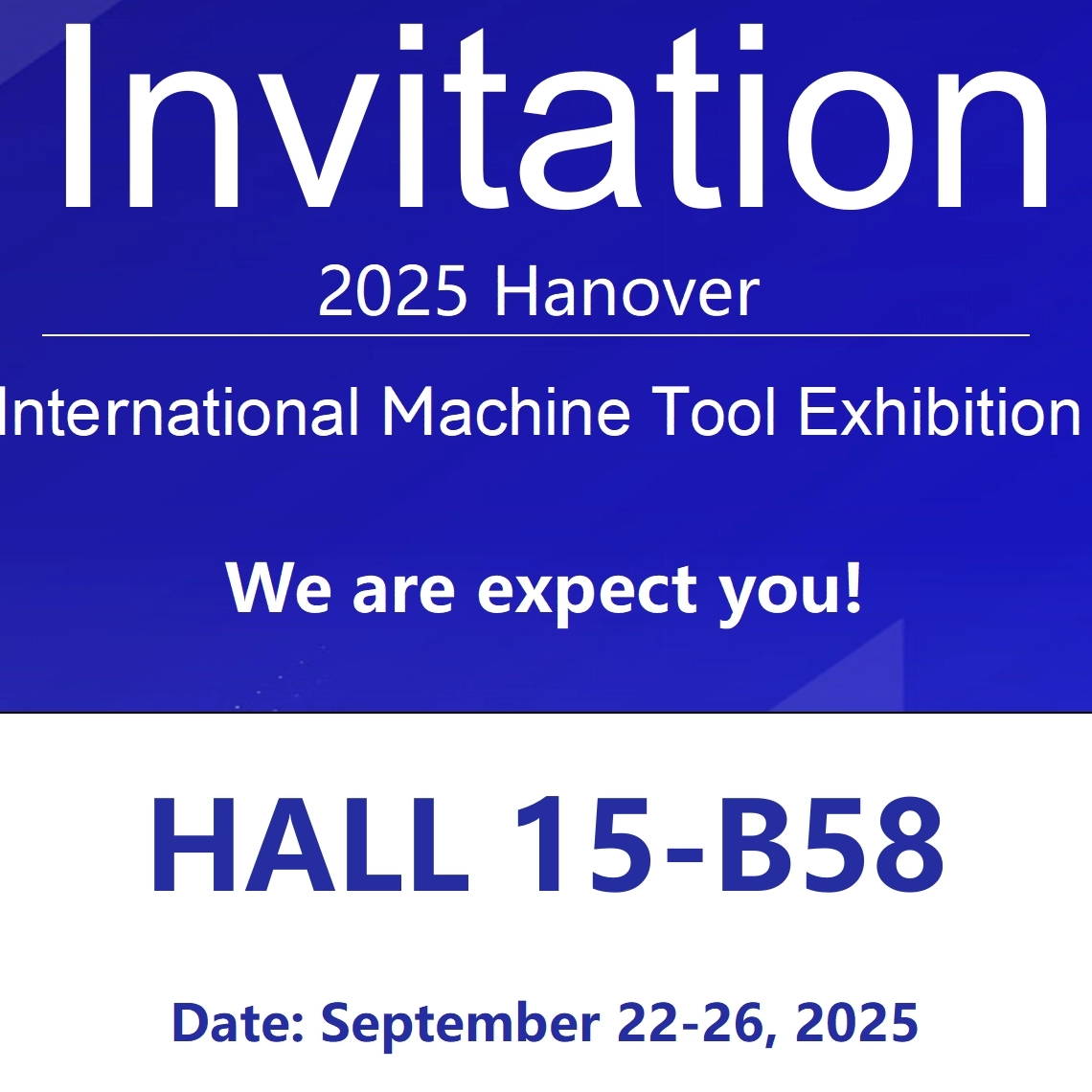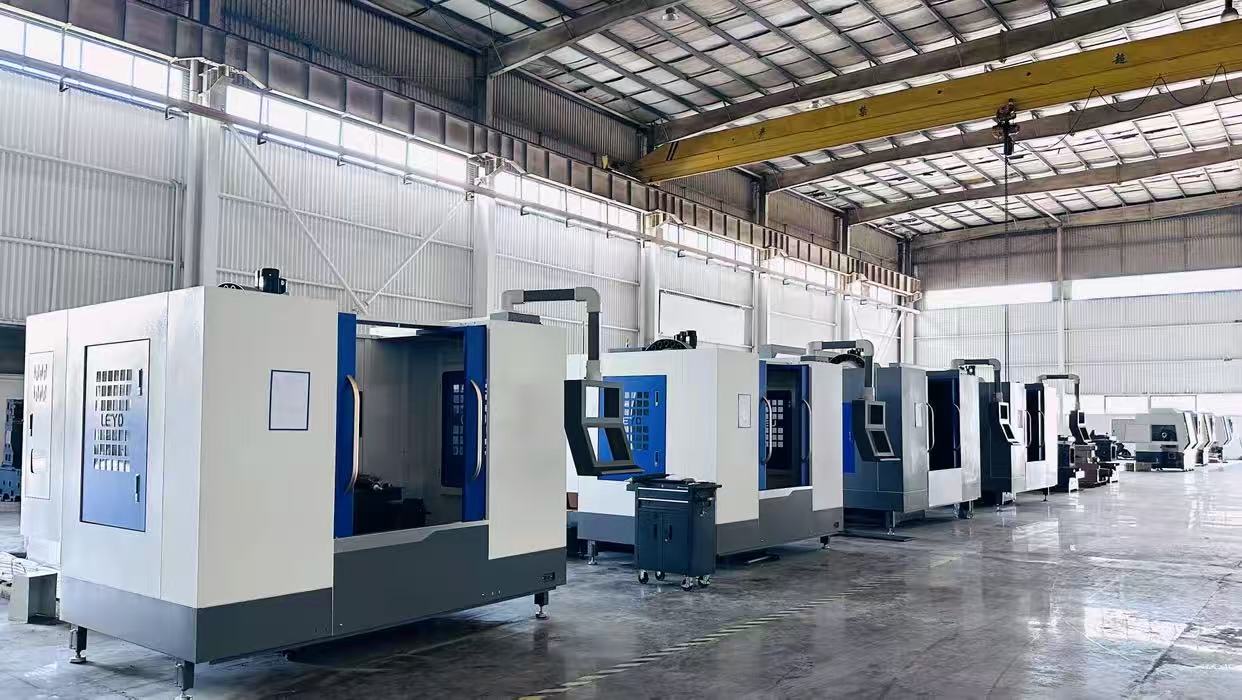
What are the five axes of a CNC milling machine machining center and why are they important?
Have you ever thought about what five axes are in five axis CNC machining? This guide breaks down the basics, explains the types of motion, and reveals how this technology can fundamentally change your manufacturing efficiency and capabilities.If you are in the manufacturing industry, you must have heard of 5-axis CNC machine tools. They represent the pinnacle of precision and flexibility in modern machining. But what exactly are these 'five axes' and how do they work together to create complex parts in a single setup?
At LEYO, we focus on producing high-quality CNC machining centers, including five axis CNC machining, and we believe we can provide knowledge to our customers. Today, we will break down the basic principles of five axis machining.
The basic three linear axes (X, Y, Z)
Firstly, let's start with the three linear axes that every CNC milling machine and machining center has:
X-axis: Move left and right (usually the workbench)
Y-axis: Move forward and backward (usually a workbench)
Z-axis: Move up and down (usually the spindle head)
These three axes allow the cutting tool to move within a rectangular box shaped working area.
Fourth and fifth rotation axes (A, B, C)
When we add two rotation axes to three linear axes, a "5-axis" magic occurs. These axes allow the workpiece or cutting tool to tilt and rotate, enabling the tool to approach the part from almost any direction.
The naming of these rotation axes may be confusing as it depends on the moving component - the worktable or spindle. Three rotation axes are defined as rotations around a linear axis:
A-axis: Rotate around the X-axis (tilt forward and backward)
B-axis: Rotate around the Y-axis (tilt left and right)
C-axis: Rotate around the Z-axis (within a horizontal circle)
A true five axis machine tool combines any two of these rotating axes (e.g. A+C, B+C, or A+B) with three linear axes (X, Y, Z).


There are two main configurations for implementing these movements:
1. Workbench/tilting turntable
This is a common design where the rotating shaft is built into the machine tool worktable.
The workpiece tilts on the A axis (around X) and rotates on the C axis (around Z).
Best suited for milling small and medium-sized parts.
2. Machine head/inclined spindle head
In this design, the rotating shaft is built into the spindle head.
The spindle itself tilts on the B-axis (around the Y-axis) and may rotate on the C-axis (around the Z-axis).
Best suited for processing very large or heavy parts, as the workbench remains stationary.
Some high-end machines use a hybrid configuration, such as a tilt table (a-axis) and a rotating axis (C-axis), to achieve optimal flexibility.
5-axis and 3+2-axis: an important difference
5-axis synchronous machining: During the cutting process, all five axes move simultaneously. This is crucial for creating smooth, complex, and well-defined surfaces such as impellers, turbine blades, and organic shapes.
3+2-axis machining (positioning 5-axis): The two rotating axes only move to position the part at a fixed angle. Then, the three linear axes (X, Y, Z) perform cutting. It's like having a high-tech seeker. This is very suitable for machining features on multiple sides of the part without the need for manual repositioning.
Both of these methods are very valuable and are characteristic of our advanced machining centers.
Related Articles
-
 LEYO will be exhibiting at the Hannover Messe in Germany in September 2024. As a Chinese CNC machine tool manufacturer, our factory will showcase its cost-effective flagship models, including vertical machining centers, CNC lathes, and CNC milling machines. This event aims to expand overseas markets, provide reliable equipment for processing factories worldwide, and seek long-term partnerships with machine tool agents. Welcome to visit our booth for negotiations.Company News
LEYO will be exhibiting at the Hannover Messe in Germany in September 2024. As a Chinese CNC machine tool manufacturer, our factory will showcase its cost-effective flagship models, including vertical machining centers, CNC lathes, and CNC milling machines. This event aims to expand overseas markets, provide reliable equipment for processing factories worldwide, and seek long-term partnerships with machine tool agents. Welcome to visit our booth for negotiations.Company News -
 CNC machining is a cornerstone of modern manufacturing, offering unparalleled precision, efficiency, and versatility. This article explores the vast applications of CNC machine tools across key industries. Discover how they are indispensable in aerospace for crafting high-tolerance components from tough alloys, and in the automotive sector for producing reliable engines and transmissions. Learn about their critical role in manufacturing life-saving medical devices like surgical implants and the precise molds that shape countless consumer products. The article also covers their use in the energy sector for large-scale parts, in electronics for miniaturized components, and even in custom fabrication and prototyping. Finally, understand how our company provides tailored CNC solutions to meet the specific demands of your industry, helping you drive innovation and maintain a competitive edge.CNC Machine Industry News
CNC machining is a cornerstone of modern manufacturing, offering unparalleled precision, efficiency, and versatility. This article explores the vast applications of CNC machine tools across key industries. Discover how they are indispensable in aerospace for crafting high-tolerance components from tough alloys, and in the automotive sector for producing reliable engines and transmissions. Learn about their critical role in manufacturing life-saving medical devices like surgical implants and the precise molds that shape countless consumer products. The article also covers their use in the energy sector for large-scale parts, in electronics for miniaturized components, and even in custom fabrication and prototyping. Finally, understand how our company provides tailored CNC solutions to meet the specific demands of your industry, helping you drive innovation and maintain a competitive edge.CNC Machine Industry News




